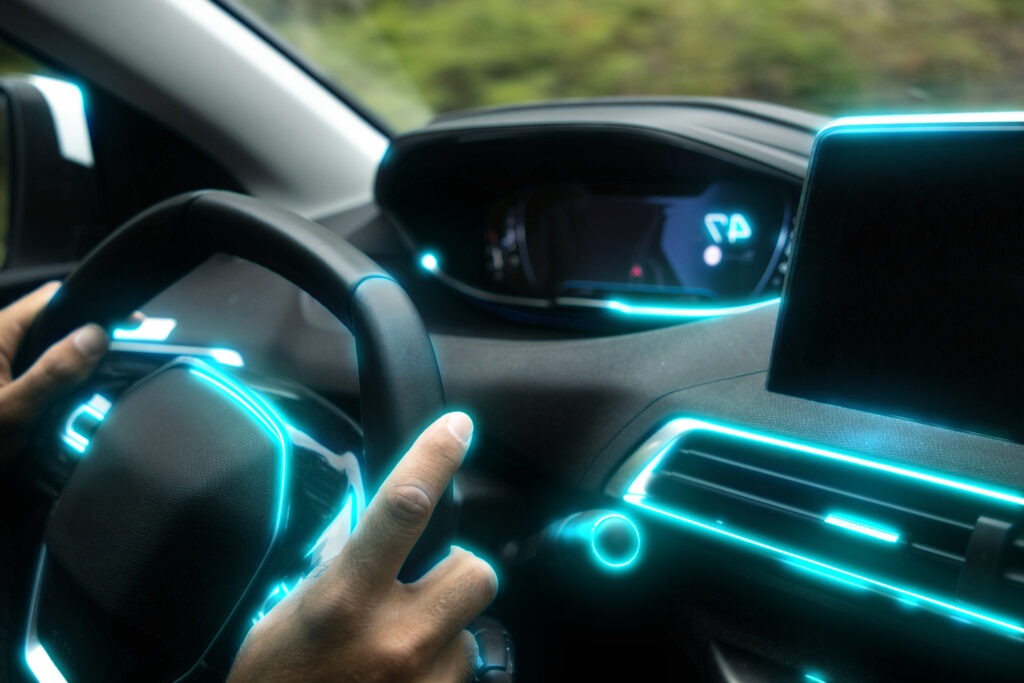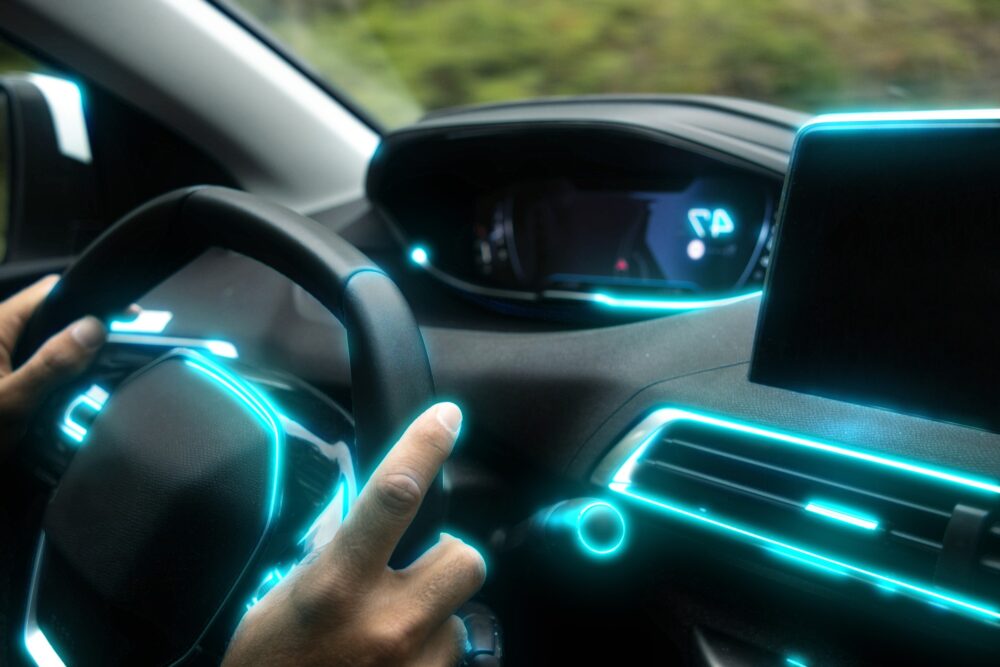23 August 2024

All new cars sold in the EU must now comply with the new General Safety Regulation. But what does this mean for carmakers, and how will it make the bloc’s roads safer? Autovista24 special content editor Phil Curry investigates.
The new General Safety Regulation, sometimes abbreviated as GSR2, has made headlines in recent months as it is applied to all new cars sold in the EU.
The legislation mandates that safety-centric technologies be included in vehicles. It also lays a framework for the introduction of autonomous vehicles on EU roads. The legislation aims to reduce casualties and improve road safety for all users.
Improving vehicle safety
The General Safety Regulation was introduced in 2019 and was first implemented in 2022. It tasks carmakers with including specific technologies in their vehicles to improve safety. The legislation aims to save 25,000 lives and prevent 140,000 serious injuries on EU roads.
The required technology includes:
- Intelligent speed assistance
- Reversing detection with cameras and/or sensors
- Driver Drowsiness and Attention Warnings
- Emergency lane-keeping systems
- Automated braking
- Emergency stop signals
- Event data recorder.
Since July 2022, all vehicles undergoing type approval had to feature the legislated technologies, otherwise they would not have been deemed roadworthy.
The second phase of the regulation began in July 2024. From this point, all new cars sold, regardless of when they underwent type approval, needed to include the mandated technologies.
Between 2024 and 2029, new cars will also need to be fitted with an advanced driver distraction warning system, improved safety glass, as well as safer and longer-lasting tyres.
Defining technologies
The new technologies help keep drivers, passengers, cyclists and pedestrians safe when using the roads. While some technologies, such as reversing sensors and cameras, have been around for a while, others are less common.
Intelligent speed assistance was a common feature on many vehicles before GSR2. Ituses a speed sign-recognition video camera and/or GPS-linked speed limit data to advise drivers of the current speed limit. It will provide a warning if the car is going too fast.
Driver drowsiness and attention warnings require a protruding sensor placed behind the centre of the steering wheel. The system monitors a driver’s eye line and provides an audible alert should their focus not be straight ahead for a set amount of time.
An emergency lane-keeping system utilises sensors at the front of a vehicle. The technology detects road lines and provides steering input should the vehicle stray towards them. The vehicle will then be brought into its own lane by the system.
Automated emergency braking uses sensors to detect objects in the vehicle’s path. If no braking input is applied by the driver, the technology will slow the vehicle to a standstill quickly to avoid a collision.
An emergency stop signal system automatically activates the hazard lights if significant braking force is applied. This will warn drivers behind of sudden braking.
An event data recorder is often referred to as a ‘black box’. It stores certain vehicle data, including vehicle speed, braking force, airbag deployment and safety-system performance. This can help determine fault in the event of an accident.
Autonomous performance
Based on the General Safety Regulation, the European Commission also adopted technical rules for automated and connected vehicles. These mainly focus on autonomous vehicles in use on motorways, with SAE Level 3 and above.
The rules will align EU legislation with the new UN rules on level 3 automation. It means adopting new EU technical legislation for fully driverless vehicles, the first international rule of its kind.
The technical rules will establish a comprehensive assessment of the safety and maturity of fully automated vehicles before they are placed on the EU market. They will cover testing procedures, cybersecurity requirements and data recording rules.
Guidelines will also cover monitoring of safety performance and incident reporting requirements by manufacturers of fully driverless vehicles.
European coverage
While the General Safety Regulation only covers EU member states, the roll-out of vehicles featuring the technologies will likely be seen across Europe.
The effort required to design and feature new technologies in cars is both time-consuming and costly. With 27 countries mandating that new safety systems are included, the majority of European markets are now covered. In addition, Northern Ireland will require vehicles to be compliant with GSR2 to be on sale, as part of its agreement with the EU.
Rather than build different cars to different specifications for different markets, manufacturers will likely provide vehicles with the new safety technologies to all European markets. This will help to reduce costs, while also improving overall safety ratings.
Therefore, while the General Safety Regulation is an EU initiative, it will likely benefit road safety across the continent.




